Cycling Exercise in Rehabilitation to Improve Coordination and Normalize Muscle Tone
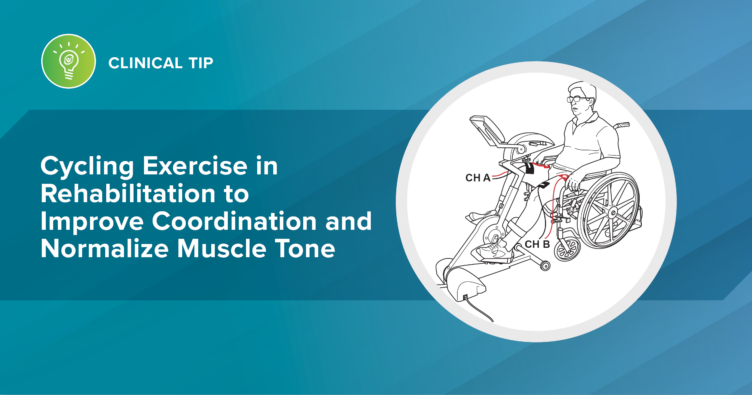
Physical and occupational therapists treat many individuals who present with impaired coordination, motor control, balance and tone. These individuals may have a wide range of diagnoses, from neurologically involved, such as cerebral vascular accident (CVA) and Parkinson’s disease, to orthopedic involvement such as post-total knee replacement (TKR). The common goal of improving functional mobility and outcomes may be achieved by the addition of research-supported cycling and biophysical agents.
Coordination, balance, and gait:
- Cycling improved ambulatory function in patients with stroke and may be used to improve walking ability. (Ofori et al., 2019)
- Stationary cycling exercise training is an effective intervention for increasing balance and gait abilities in chronic stroke patients. (Kim et al., 2015)
- A pedaling-based rehab program implemented two days after TKR for two weeks was superior to standard multi-exercise protocol in functional outcomes (6MWT, 10MWT, and TUG) and self-reported outcomes (Oxford Knee Score and EQ-5D). (Sattler et al., 2019)
Normalizing tone:
- Cycling with functional electrical stimulation using interval timing has positive effects on spasticity and range of motion in post stroke patients. (Shariat et al., 2019)
- Patients approximately two years post-stroke trained on an arm ergometer decreased spasticity, increased force, and range of motion. (Diserens et al., 2007)
- High-cadence cycling for individuals with Parkinson’s disease showed acute and sustained improvements in motor function and mobility. (Ridgel & Ault, 2019)
Improving Coordination, Balance, and Gait Using the OmniCycle®: interactive biofeedback exercises (symmetry bar, road, traffic jam, porcupine, and soccer) to address right and left coordination, speed, and control which may improve balance and gait.
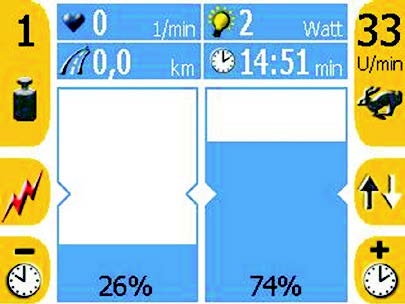
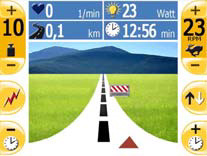
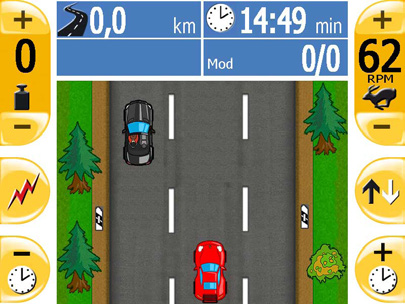
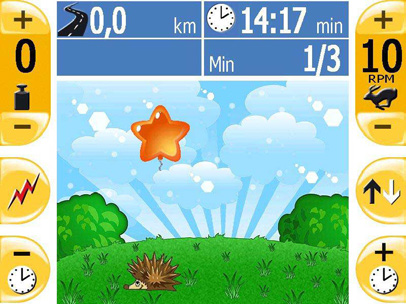
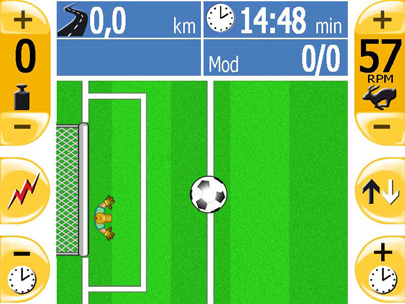
Tone Reduction using the OmniCycle®: interactive biofeedback exercise with bar graph, interval training, high cadence cycling, and cycling with or without patterned electrical neuromuscular stimulation (PENS) may assist in tone reduction.
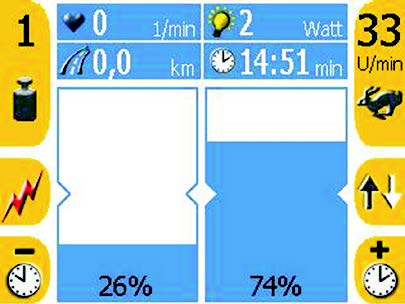
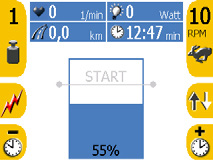
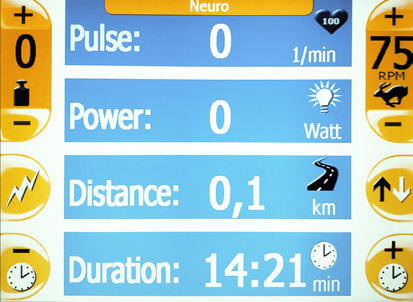
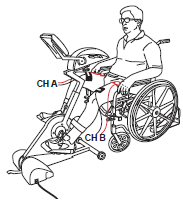

For specific instructions regarding how to use these protocols with your patients, please contact your CPC or Remote Clinical Services at 800-350-1100, option 2.
References:
Diserens, K., Perret, N., Chatelain, S., Bashir, S., Ruegg, D., Vuadens, P., & Vingerhoets, F. (2007). Journal of Neurological Sciences, 253, 18-24. http://doi.org.10.1016/j.jns.2006.10.021
Kim, S. J., Cho, H. Y., Kim, Y. L., & Lee, S.M. (2015). Effects of stationary cycling exercise on the balance and gait abilities of chronic stroke patients. Journal of Physical Therapy Science, 27(11), 3529-3531. http://doi.org/10.1589/jpts.27.3529
Ofori, E. K., Frimpong, E., Ademiluyi, A., & Olawale, O. A. (2019). Ergometer cycling improves the ambulatory function and cardiovascular fitness of stroke patients-a randomized controlled trial. Journal of Physical Therapy Science, 31, 21-216. http://doi.org/10.1589/jpts.28.211
Rigel, A. L., 7 Ault, D. L. (2019). High-Cadence Cycling Promotes Sustained Improvements in Bradykinesia, Rigidity, and Mobility in Individuals with Mild-Moderate Parkinson’s Disease. Parkinson’s Disease, http://doi.org/10.1155/2019/4076862
Sattler, L.N., Hing, W. A., Vertullo, C. J. (2019). Pedaling-Based Protocol Superior to a 10-Exercise, Non-Pedaling Protocol for Postoperative Rehabilitation After Total Knee Replacement: A Randomized Controlled Trial. Journal of Bone and Joint Surgery, 101, 688-695. http://dx.doi.org/10.2106/JBJS.18.00898
Shariat, A., Ansari, N. N., Honarpishe, R., Moradi, V.,Hakakzadeh, A., Cleland, J. A., &Kordi, R. (2019). Effect of cycling and functional electrical stimulation with linear and interval patterns of timing on gait parameters in patients after stroke: a randomized controlled trial. Disability and Rehabilitation, http://doi.org/10.1080/09638288.2019.1685600
Authors:
Andreé Akst, PT, MPT, CEEAA, NASM-CES, Clinical Services Content Specialist
MRK 0569
Latest Updates
Subscribe to stay up-to-date on our latest posts.



